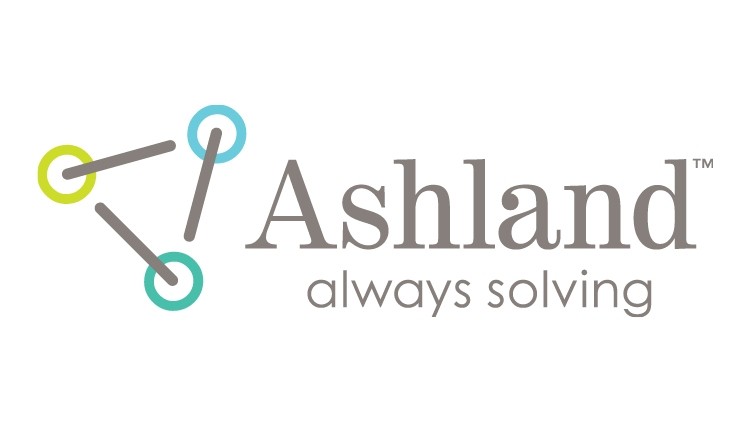
Ashland Inc. (NYSE:ASH) reported a revenue of $522 million, surpassing the Zacks Consensus Estimate.
The company’s EPS of $1.26 fell short of the consensus estimate, indicating a negative EPS surprise of 5.26%.
Ashland’s financial health is reflected in its P/E ratio of 28.01 and a strong current ratio of 2.98.
Ashland Inc. (NYSE:ASH) is a specialty chemicals company known for its innovative solutions across various industries. As a key player in the Zacks Chemical – Specialty industry, Ashland competes with other chemical companies by focusing on high-performance materials and specialty additives. The company is set to release its quarterly earnings on November 7, 2024, after market close, with Wall Street analysts estimating an EPS of $1.28 and projected revenue of $524.07 million.
In the recent quarter ending September 2024, Ashland reported a revenue of $522 million, marking a 0.8% increase from the previous year. This figure surpassed the Zacks Consensus Estimate of $518.74 million, resulting in a positive surprise of 0.63%. Despite this revenue success, the company’s EPS of $1.26 fell short of the consensus estimate of $1.33, leading to a negative EPS surprise of 5.26%.
Ashland’s financial performance is crucial for investors as they evaluate the company’s ability to meet Wall Street expectations. The reported EPS of $1.26, although below estimates, shows a significant improvement from the $0.41 reported in the same quarter last year. This indicates a positive trend in earnings growth, despite the recent shortfall against analyst predictions.
The company’s valuation metrics provide further insight into its financial health. Ashland’s price-to-earnings (P/E) ratio of 28.01 suggests that investors are willing to pay a premium for its earnings. The price-to-sales ratio of 1.72 and enterprise value to sales ratio of 2.14 reflect the market’s valuation of the company relative to its sales. These figures are important for understanding how the market perceives Ashland’s growth potential.
Ashland’s financial stability is also highlighted by its debt-to-equity ratio of 0.45, indicating a moderate level of debt compared to equity. The current ratio of 2.98 suggests a strong ability to cover short-term liabilities with short-term assets. These metrics, along with an enterprise value to operating cash flow ratio of 10.84, provide a comprehensive view of Ashland’s operational efficiency and financial health.

